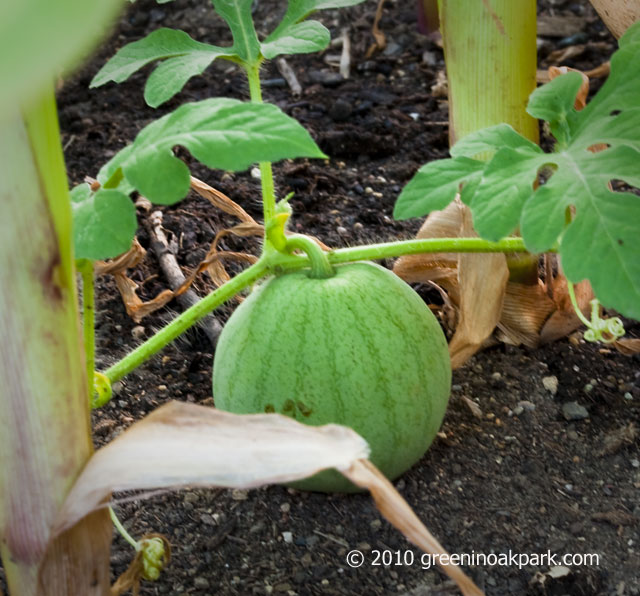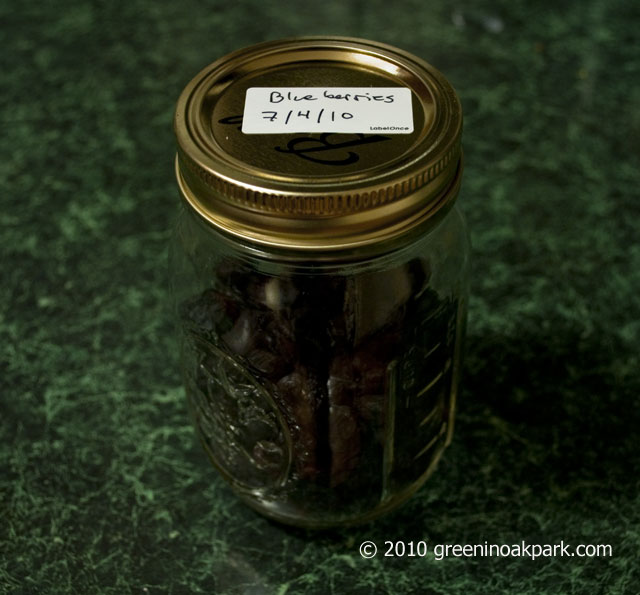Mother Earth News has a good guide to help you decide what to plant or sow in what month, depending on where you live in the United States, and midsummer planting time is just around the corner here in the Midwest.
You can plant certain crops to harvest in the cool fall months and that some will survive past a first frost. Many of these plants are the same ones you would harvest in the spring, such as spinach, lettuce, and other spring greens because they do well in the cooler fall temperatures. Carrots also still have time if you plant them now as well, and those tend to survive frosts if they aren’t hard frosts. Kale will survive under the snow and in fact tastes better after a frost.
In short, midsummer planting is a great way to extend the growing season past summertime.
I think I may try spinach and carrots in my community garden plot. I never seem to get spinach going soon enough in the spring, but we do eat it. And every year, I try short versions of carrots in my deck planter with varying degrees of success. One year I got a fair amount, but they were gnarled and wrapped around each other because I didn’t think them out properly. This year, I planted in the spring like I usually do, but I think the squirrels dug up most of my seeds. Why do I think that? Well, here’s my carrot harvest from my spring sowing:
Yeah, not too impressive, is it?















